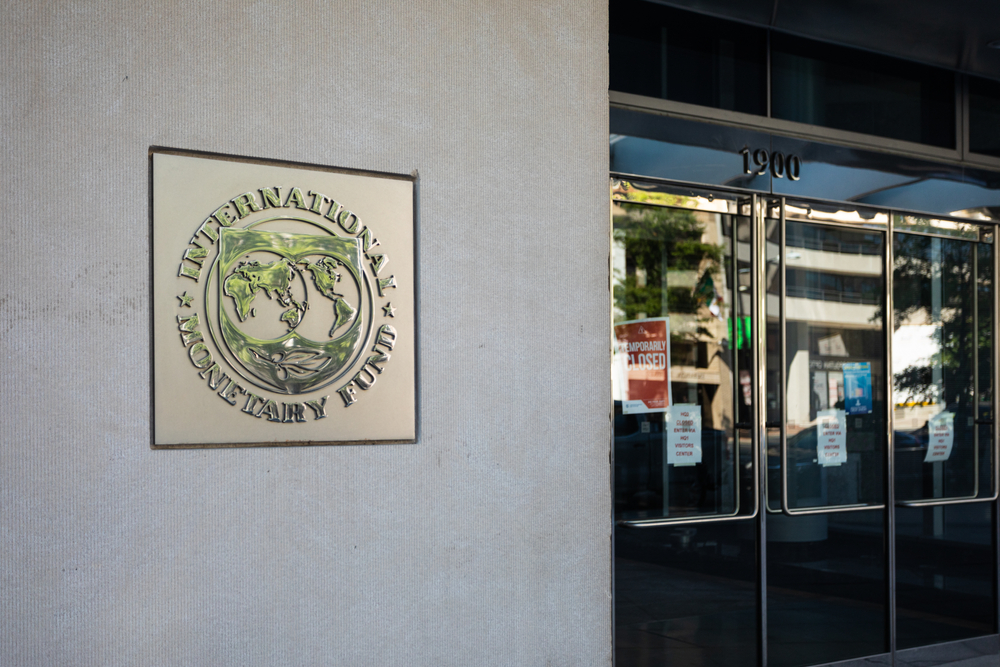Giving Back to Nature: Restocking the Danube With Sturgeon

We take a look at the concerted efforts to boost sturgeon numbers in the Hungarian stretch of the Danube, with the ultimate conservation prize, counterintuitively, a return to commercial fishing.
László Berzi-Nagy gets ready to release a sterlet.
The box on the trailer looks plain, utilitarian and rather uninteresting as it is maneuvered down the slipway towards the Danube river. The location is Baja, southern Hungary, and the trailer stops a few yards from the water. A team of six men open it: inside, 460 juvenile sterlet, the smallest species of sturgeon, have one, short journey to make before they are released into the wild.
Having checked the temperatures of both river and tank water, the men move quickly, scooping the young fish out of the big tank in nets, transferring them into buckets, about a dozen at a time, before releasing them into the river.
At first, some look confused, barely moving in their new found freedom. Others turn belly up, and appear at risk of dying. But after no more than a minute or so, sometimes helped by human hand, all successfully swim off into deeper water. All are tagged for later identification if caught.
This scene, observed in mid-May this year, was the latest chapter in a long-running effort to restock the Danube with sturgeon species in Hungary, Bulgaria and Romania.
“These restockings are intended to strengthen the native sturgeon populations in the Danube region, supporting the unity of the ecological green-corridor, and is especially important for migratory fish species,” László Berzi-Nagy, assistant research fellow at the Hungarian Institute for Fisheries and Aquaculture (NAIK-HAKI).
Indeed, this restocking, part of an EU-backed, so-called MEASURES project, is only the latest in a long-line of efforts that began during the late communist era and has seen some 210,000 sterlet in total introduced into the Hungarian section of the Danube since 1988.
Such operations typically involve cooperation between research institutes, fishing associations and academics, while in some cases Hungarian fish farms and regional angling associations have voluntarily restocked sterlet without recording the number of fish involved.
In the May project, the sterlet, all about one year old and weighing around half a kilogram, were bred and raised by the Aquaculture Institute. But, the layman might ask, why are such large numbers of fish seemingly needed?
Dramatic Decline
The decline in both sturgeon numbers and species in the Danube has been “dramatic”, says Jutta Jahrl, project manager and sturgeon specialist at the World Wildlife Fund (WWF) in Vienna.
“There used to be six species of sturgeon in the Danube, with the [much coveted] beluga even migrating into Germany, although this was not common. Two are now extinct, leaving only four species, and of these, only the sterlet is normally found in the middle and upper Danube,” Jahrl says.
In terms of fish catches, the numbers paint an even bleaker picture. Reports of sharp reductions of beluga sturgeon date from as early as the 16th century. Recent records, however, are truly shocking: Romania, for example, saw a catch of 1,144 tonnes in 1940 reduced to less than eight tonnes in 1995. That’s a reduction of 99.3%.
The causes are several and complex, but the construction of the Iron Gates dam system on the joint Romanian-Serbian section of the Danube, along with poaching and unsustainable fishing loom large in the list.
“Unfortunately there is this huge construction of the Iron Gates dams 860 km up river [from the Black Sea] between Romania and Serbia, This has been blocking the migration route since the 1970s,” laments Jahrl.
This blockage means that the three species that used to reach Hungary for spawning, beluga, Russian and stellate sturgeon, have since been restricted to the lower Danube.
It has left the middle section (including Hungary) with only sterlet as a stable population, as these do not migrate, living their entire lives in freshwater.
But even though sterlet are the smallest species of sturgeon, usually grown for their meat rather than their caviar, fish stocks still suffer from poaching, and the sterlet remains “vulnerable” in the Danube, according to the WWF.
True, after years of campaigning by WWF, it is now generally illegal to fish for sturgeon in Hungary and along much of the course of the Danube. However, with beluga caviar selling at GBP 370 for a 30g tin at Harrods in London (that’s around EUR 14,000 per kilogram) it is easy to see why the authorities downstream of the Iron Gates have regular, sometimes violent encounters with organized poaching gangs.
Lucrative Catch
Even with sterlet caviar selling at “only” EUR 275 for 250g, or EUR 1,100 per kilo, on Latvian website shopmottra.com, Hungary’s fish represent a lucrative, if illegal, catch.
With successful restocking, could commercial fishing for sturgeon in the Danube ever become a viable proposition?
“That, actually, is our goal,” says Jahrl. “Sturgeon used to be a real source of income. Twenty years ago, Romania and Bulgaria were in the top 10 of caviar exporters. It was an important economic sector.”
Restoring commercial fishing in a sustainable way would in practice mean the protection of the species, she argues, pointing to the United States, as an example.
“I’m sure you know what crazy amount they pay for caviar at the moment. It only comes from aquaculture, but fortunately in the U.S. they are getting close to the situation where they can start harvesting wild sturgeon again in a very limited and controlled way. We really hope that we live long enough to see that in the Danube as well,” she says.
Meanwhile, with no further releases planned for this year, László Berzi-Nagy is planning to conduct a survey of the sterlet population in the Danube this fall, using a so-called “electric fishing” system to ensure the fish can be returned to the river unharmed.
Despite poachers, loss of spawning habitat through dredging and gravel extraction, pollution and predatory birds, he reckons the survival rate of the fish is around 80%, particularly if allowed to grow for a year before release.
Asked how he feels after completing the sterlet release, Berzi-Nagy replies: “It’s a very peaceful moment to rear these fish and return them to the water. This is a rare occasion when humanity doesn’t take, but gives to nature, and in this matter, I find it respectful.”

Image Stoyan Mihov/WWF
Sterlet Fact Box
Sterlet (Acipenser ruthenus) may be the smallest species of sturgeon, but the fish can still live for up to 25 years, grow to a meter in length and weigh 16 kg. Today, it is the most widely distributed sturgeon in the Danube River basin. The average reproductive age is comparably low, at about seven to eight years.
The sterlet is a bottom feeder, living on crustaceans, worms and insect larvae. Its meat is highly prized in Russia and Ukraine.
SUPPORT THE BUDAPEST BUSINESS JOURNAL
Producing journalism that is worthy of the name is a costly business. For 27 years, the publishers, editors and reporters of the Budapest Business Journal have striven to bring you business news that works, information that you can trust, that is factual, accurate and presented without fear or favor.
Newspaper organizations across the globe have struggled to find a business model that allows them to continue to excel, without compromising their ability to perform. Most recently, some have experimented with the idea of involving their most important stakeholders, their readers.
We would like to offer that same opportunity to our readers. We would like to invite you to help us deliver the quality business journalism you require. Hit our Support the BBJ button and you can choose the how much and how often you send us your contributions.









